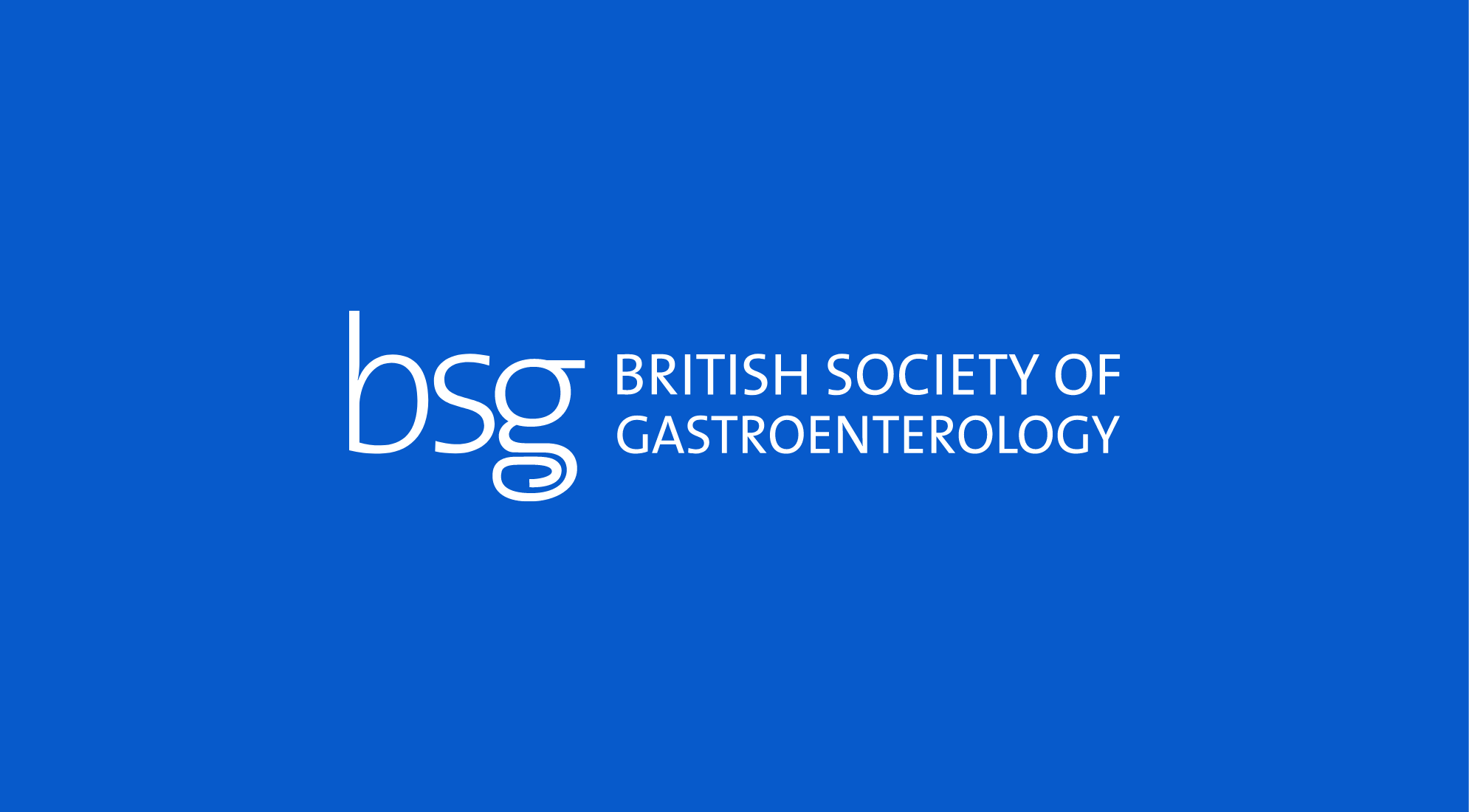Reviewed 2024. Due for update 2028.
Abstract
Liver biopsy is required when clinically important information about the diagnosis, prognosis or management of a patient cannot be obtained by safer means, or for research purposes. There are several approaches to liver biopsy but predominantly percutaneous or transvenous approaches are used. A wide choice of needles is available and the approach and type of needle used will depend on the clinical state of the patient and local expertise but, for non-lesional biopsies, a 16-gauge needle is recommended. Many patients with liver disease will have abnormal laboratory coagulation tests or receive anticoagulation or antiplatelet medication. A greater understanding of the changes in haemostasis in liver disease allows for a more rational, evidence-based approach to peri-biopsy management. Overall, liver biopsy is safe but there is a small morbidity and a very small mortality so patients must be fully counselled. The specimen must be of sufficient size for histopathological interpretation. Communication with the histopathologist, with access to relevant clinical information and the results of other investigations, is essential for the generation of a clinically useful report.
This guideline was reviewed by the Liver Section Committee in December 2024. It remains valid and will be reviewed again in 2028. It is important when considering liver biopsy, to be alert to co-morbidities that may increase the risks of the procedure, including, but not limited to, haematological disease, or other conditions that increase bleeding risk. Seek appropriate specialist advice where necessary.
Read More

